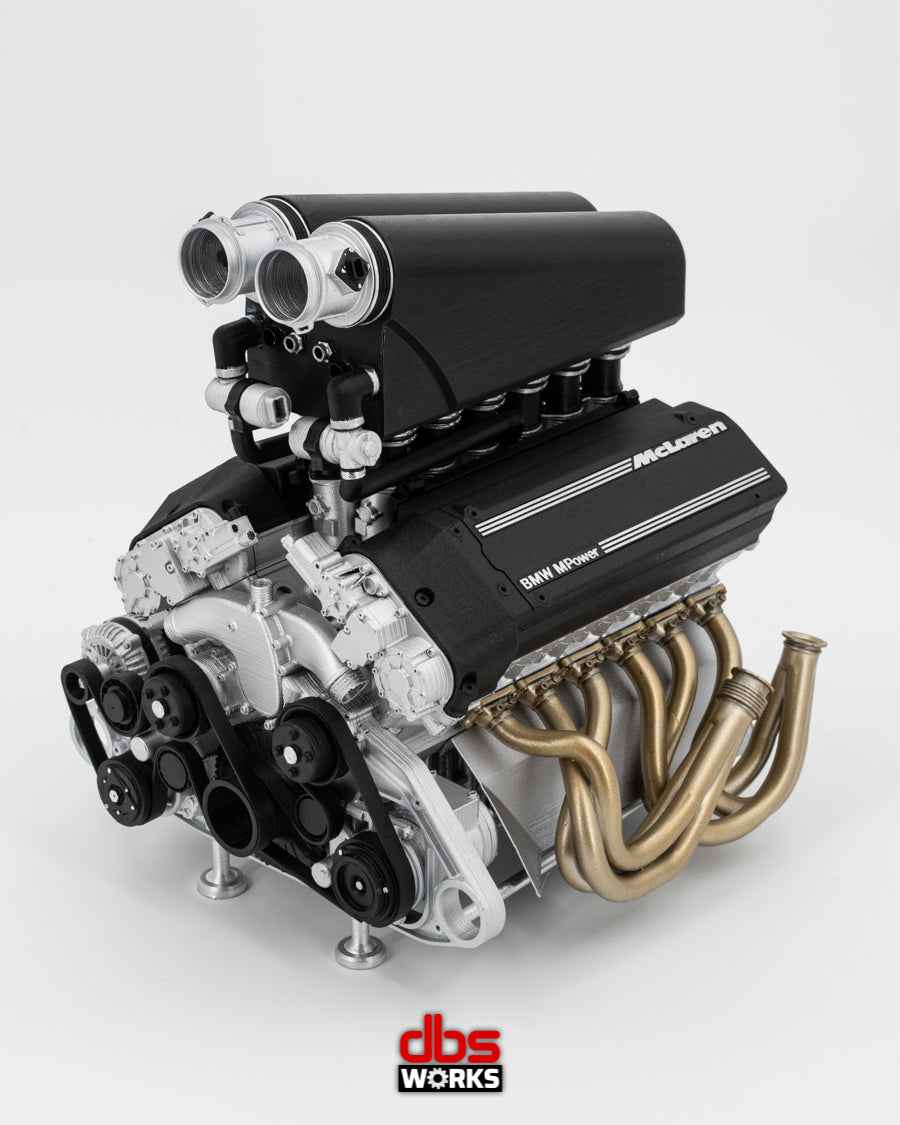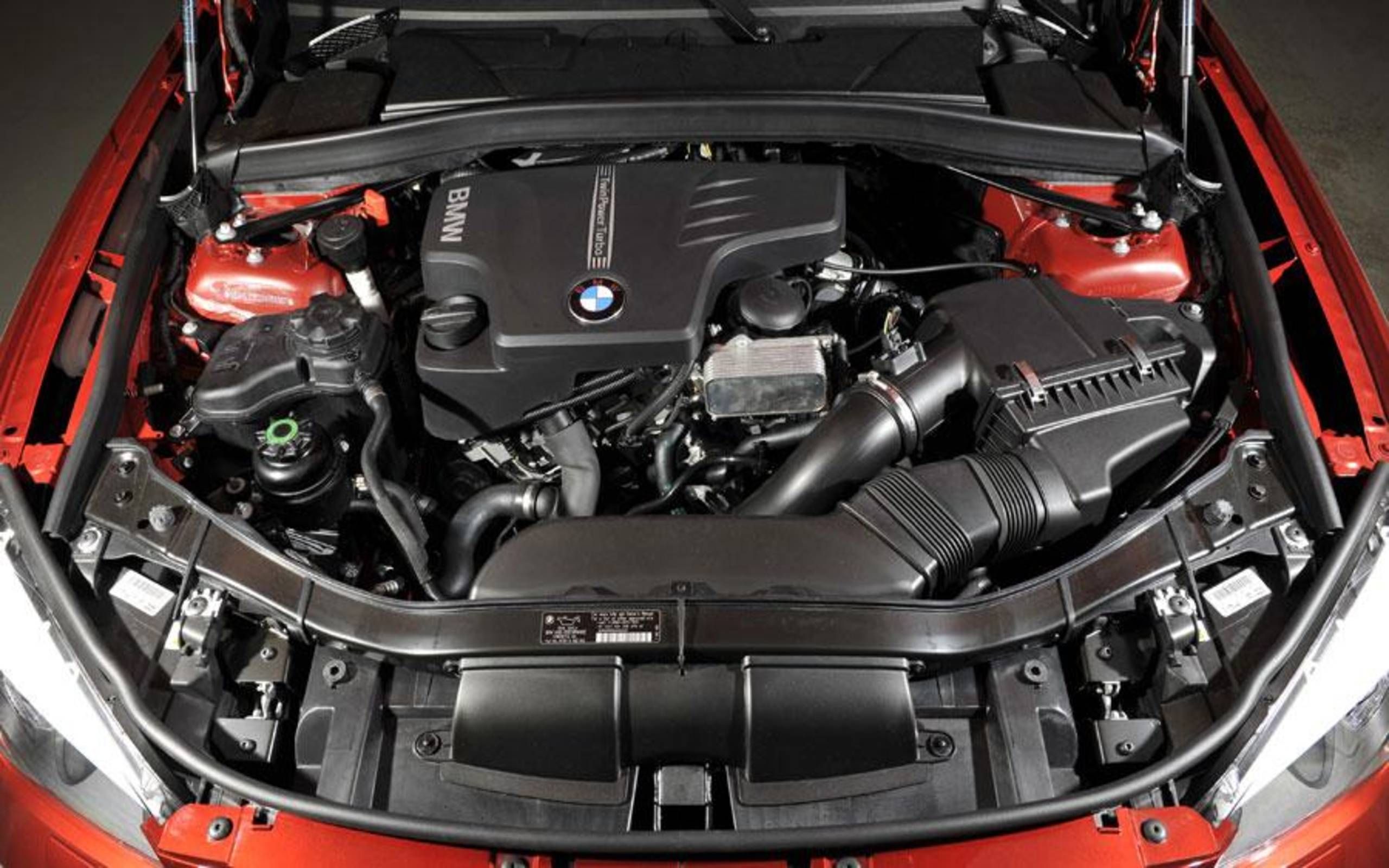Just how to Keep Your BMW Engine for Optimal Performance and Longevity
Just how to Keep Your BMW Engine for Optimal Performance and Longevity
Blog Article
Discovering the Advancement of Burning Engines in Modern Transport Equipments
As we browse the landscape of contemporary transportation, the advancement of combustion engines stands as a testimony to human resourcefulness and engineering prowess. The interaction of background, technology, and ecological worries in shaping the trajectory of burning engines produces a narrative that is both engaging and insightful.
Early Beginnings of Combustion Engines
Just how did the idea of combustion engines very first emerge in the onset of transport advancement? When the principles of inner combustion were initial explored, the origins of combustion engines can be mapped back to the 17th century. In 1673, Christian Huygens conceptualized a fundamental internal burning engine that used gunpowder to produce power. However, it wasn't till the late 19th century that useful applications of burning engines in transportation started to arise.
The advancement minute came with the innovation of the initial effective gasoline-powered engine by Karl Benz in 1885 - bmw engine. This engine led the way for the growth of the modern-day vehicle, reinventing transport systems worldwide. Succeeding developments by Nikolaus Otto and Gottlieb Daimler additionally improved burning engine technology, resulting in the automation of autos and the rapid expansion of the transportation market
These very early burning engines were defined by their simpleness and effectiveness, laying the foundation for the complicated and powerful engines used in modern transportation systems. The evolution of burning engines has actually been crucial in forming the means we take a trip and deliver products, marking a significant milestone in the background of transport growth.
Shift to Internal Combustion Modern Technology
The change to interior combustion technology noted an essential shift in the evolution of transport systems. This change began in the late 19th century, with inventors like Nikolaus Otto and Gottlieb Daimler creating the very first successful interior combustion engines. These engines changed transport by providing a more effective and effective alternative to vapor engines and electrical motors.
One of the vital advantages of inner burning engines was their ability to be reduced to match lorries, causing the development of autos and motorbikes. This shift from cumbersome, stationary engines to portable, mobile ones paved the method for the modern-day transport systems we see today.
The shift to internal burning innovation additionally spurred innovations in fuel modern technology, resulting in the growth of gas and diesel as key fuel resources for vehicles. This shift not just made transportation a lot more accessible to the masses however additionally laid the foundation for the oil and gas market to become essential to international economies.
Effect of Combustion Engines on Transportation
The adoption of burning engines in transport systems catalyzed a profound change in the performance and speed of worldwide wheelchair. Burning engines revolutionized transportation by supplying a functional and reliable source of power for different automobiles, consisting of cars, ships, airplanes, and trucks. This advancement dramatically boosted the capacity for goods and people to conform cross countries in shorter period, resulting in boosted connection between regions and nations.
Additionally, the extensive use combustion engines has had a considerable influence on economic development. The capacity to transport items successfully has actually stimulated trade and commerce, allowing businesses to expand their markets and get to customers worldwide. Website This has helped with economic development and globalization, as items can currently be carried faster and in larger amounts than in the past.
Nevertheless, the environmental impact of burning engines can not be ignored. The combustion of nonrenewable fuel sources has actually caused air pollution and greenhouse gas emissions, adding to climate change and posturing wellness dangers to populations. bmw engine. Therefore, there is a growing emphasis on creating alternate propulsion technologies to minimize these unfavorable effects and create an extra sustainable future for transportation
Technologies in Combustion Engine Layout
Many developments in burning engine style have actually driven the evolution of transport systems over the decades. One remarkable development is the growth of turbocharged engines, which utilize exhaust gases to drive a turbine that compresses inbound air, enabling for even more fuel to be burned, resulting this website in increased power outcome without a significant boost in engine dimension. Furthermore, straight injection innovation has actually improved gas performance and performance by specifically controlling the amount and timing of gas injected into the burning chamber. Variable shutoff timing systems have likewise changed engine design by enhancing air movement at different engine speeds, boosting both power and efficiency. One more substantial advancement is the combination of light-weight materials such as carbon fiber and aluminum alloys, decreasing total engine weight and boosting vehicle fuel economic situation. Improvements in computer-aided layout have actually made it possible for designers to maximize engine performance and efficiency through simulations before physical prototypes are built, saving time and resources in the development process. These innovations collectively add to the continuous improvement of combustion engines in modern transportation systems.
Future Trends in Burning Engine Advancement
With technology advancements driving continual advancement, the future of combustion engine growth is positioned to transform transport systems around the world. One of the key fads in combustion engine growth is the press towards better effectiveness and reduced exhausts. Producers are spending heavily in r & d to enhance engine efficiency while meeting rigorous environmental laws. This consists of the integration of sophisticated fuel injection systems, boosted turbocharging techniques, and making use of lightweight products to optimize gas consumption and minimize carbon emissions. visit this page
One more noticeable trend is the adoption of crossbreed modern technologies in combustion engines. Hybrid engines incorporate traditional combustion innovation with electrical power, offering improved fuel performance and reduced emissions. As the automobile market changes in the direction of electrification, crossbreed combustion engines are seen as a transitional service that connects the space in between traditional automobiles and totally electrical ones.
Moreover, the integration of wise innovations, such as expert system and information analytics, is anticipated to play a significant role in the future of combustion engine development. These technologies can optimize engine performance in real-time, resulting in much more effective combustion processes and improved general car performance. Embracing these future trends will not only drive innovation in burning engine advancement however likewise add to a more ecologically pleasant and lasting transportation ecological community.

Final Thought
In conclusion, the evolution of burning engines in contemporary transportation systems has actually been noted by considerable developments in technology and layout. From the very early beginnings of burning engines to the shift to internal burning modern technology, these engines have had an extensive effect on transportation.
The origins of burning engines can be traced back to the 17th century when the concepts of interior burning were very first explored. These engines revolutionized transport by providing an extra effective and powerful choice to heavy steam engines and electrical motors.

Report this page